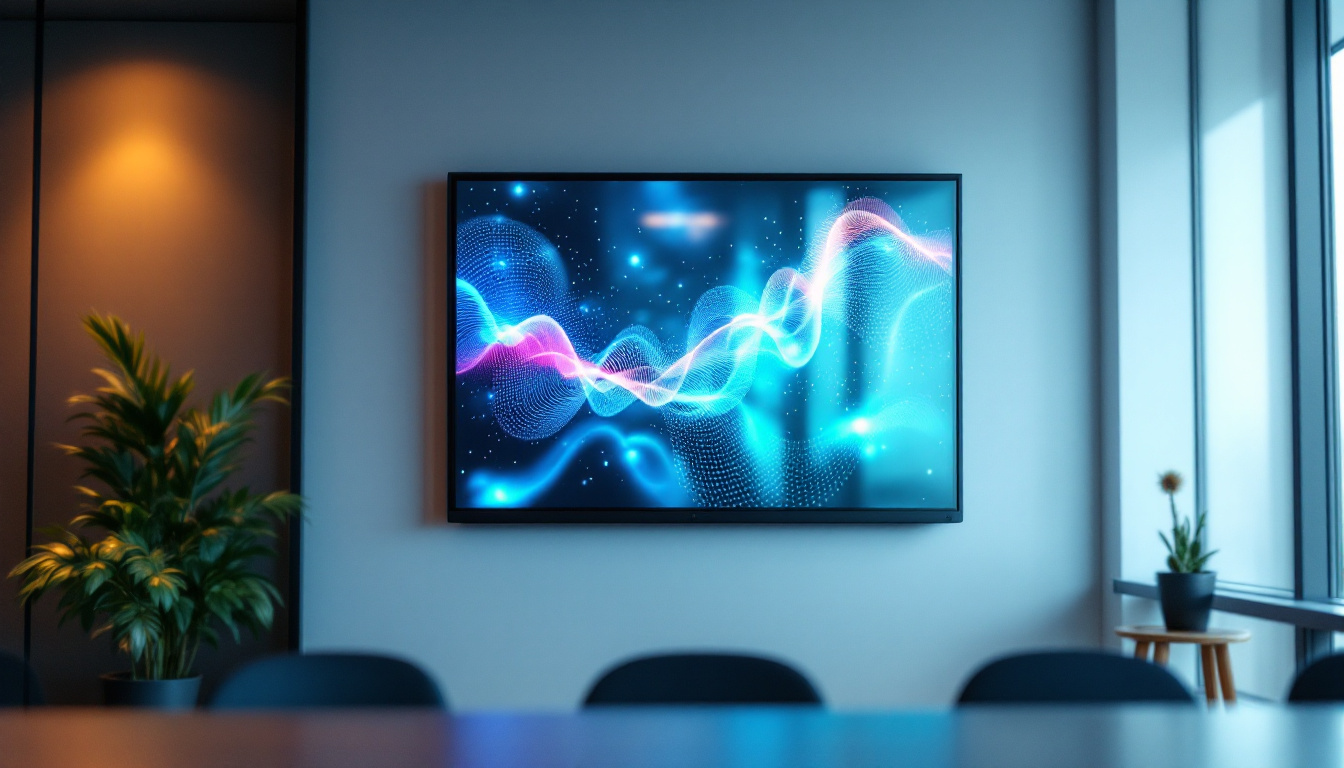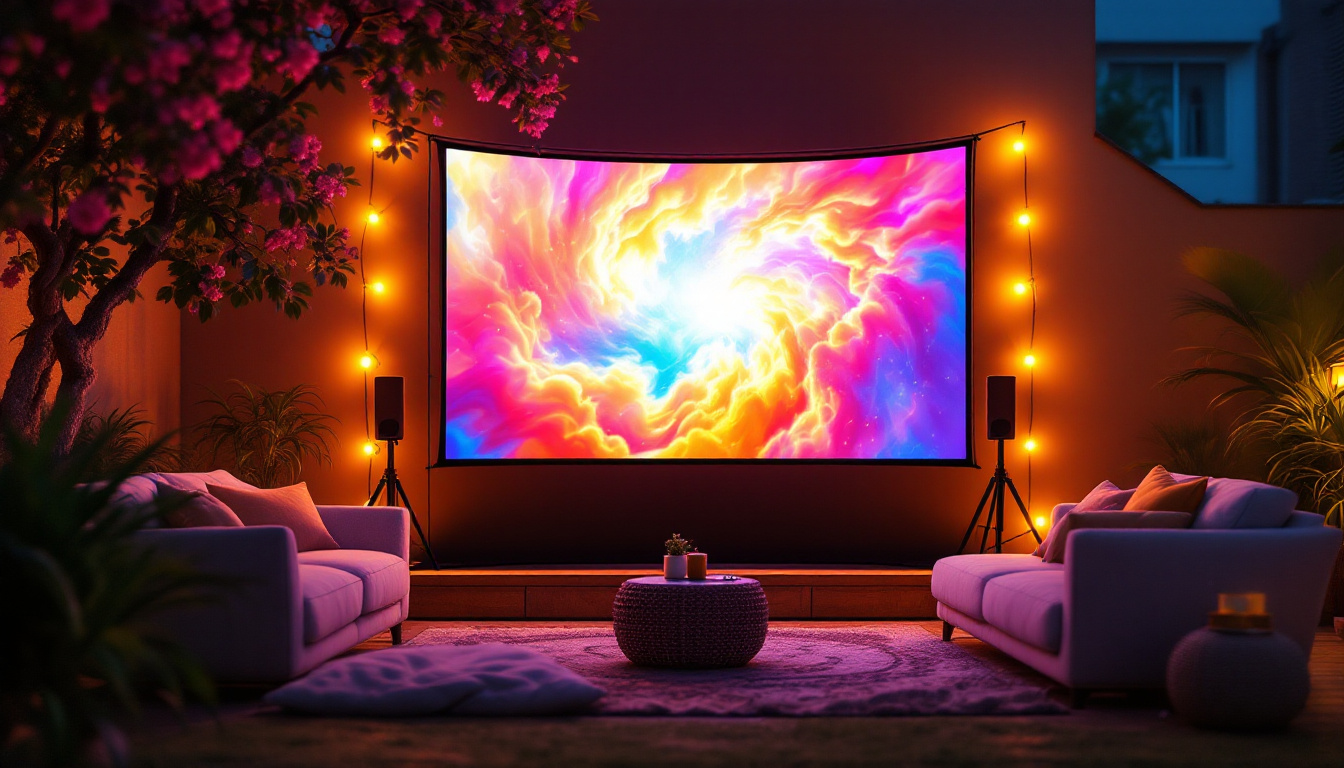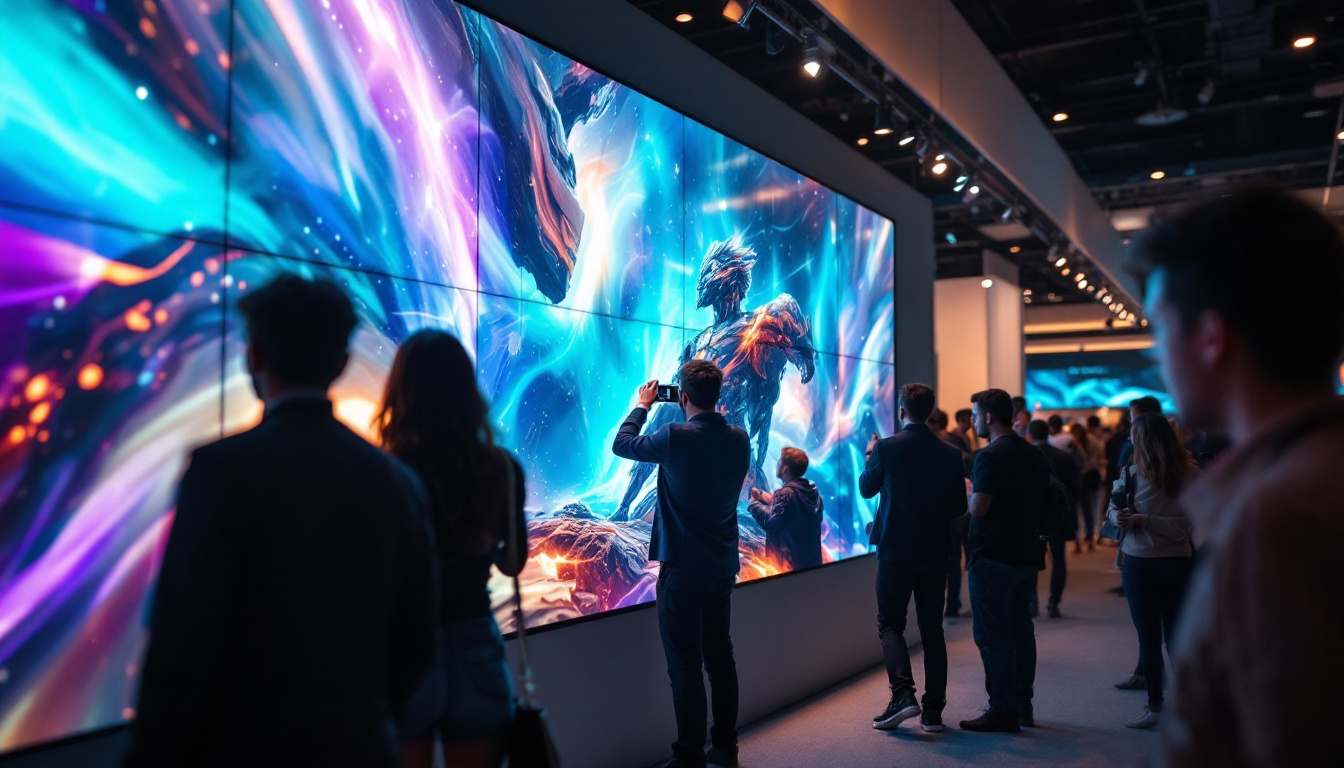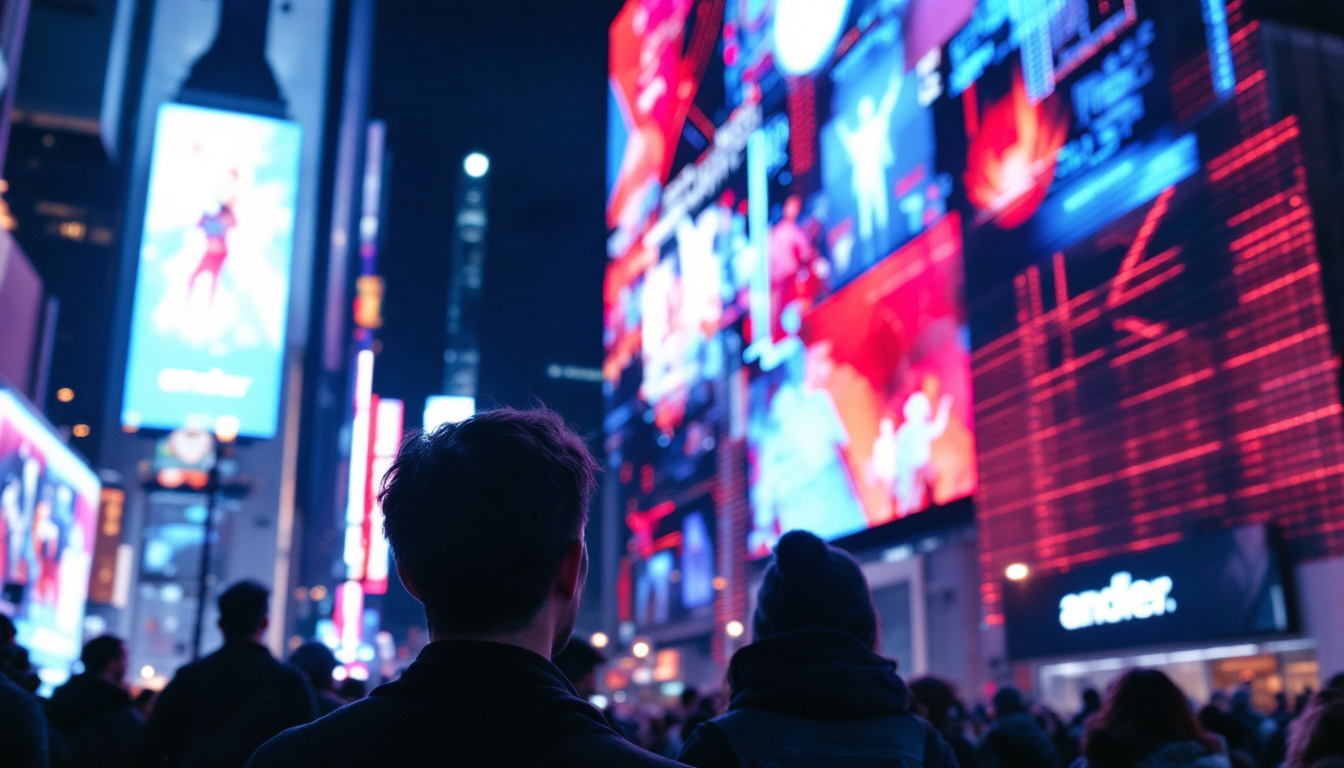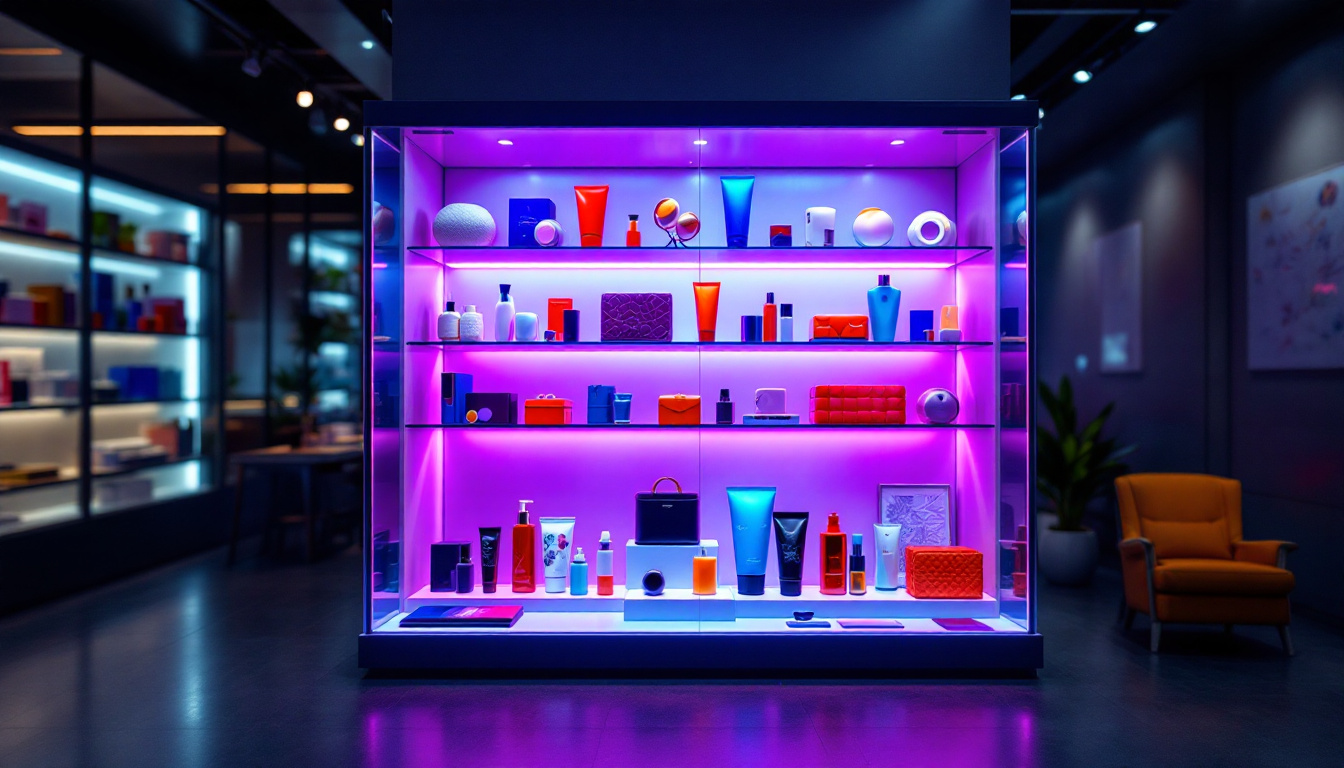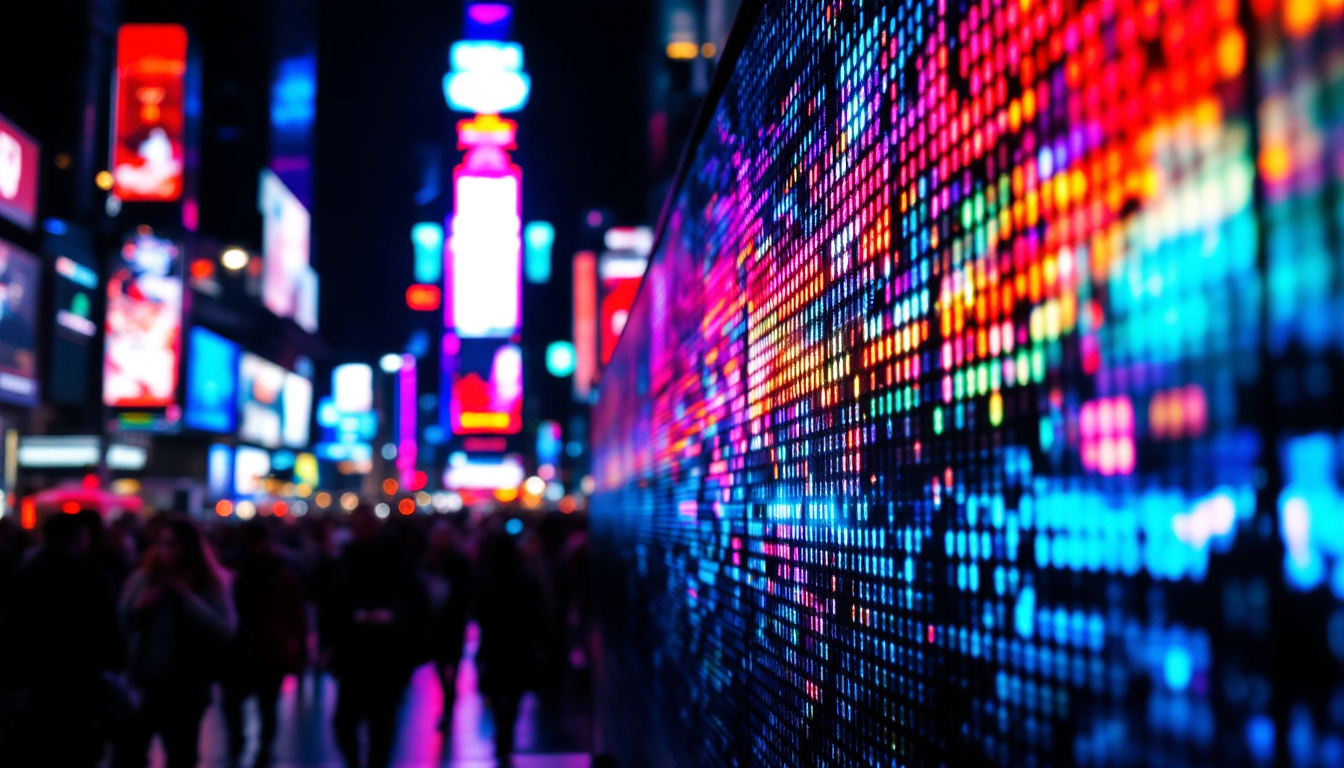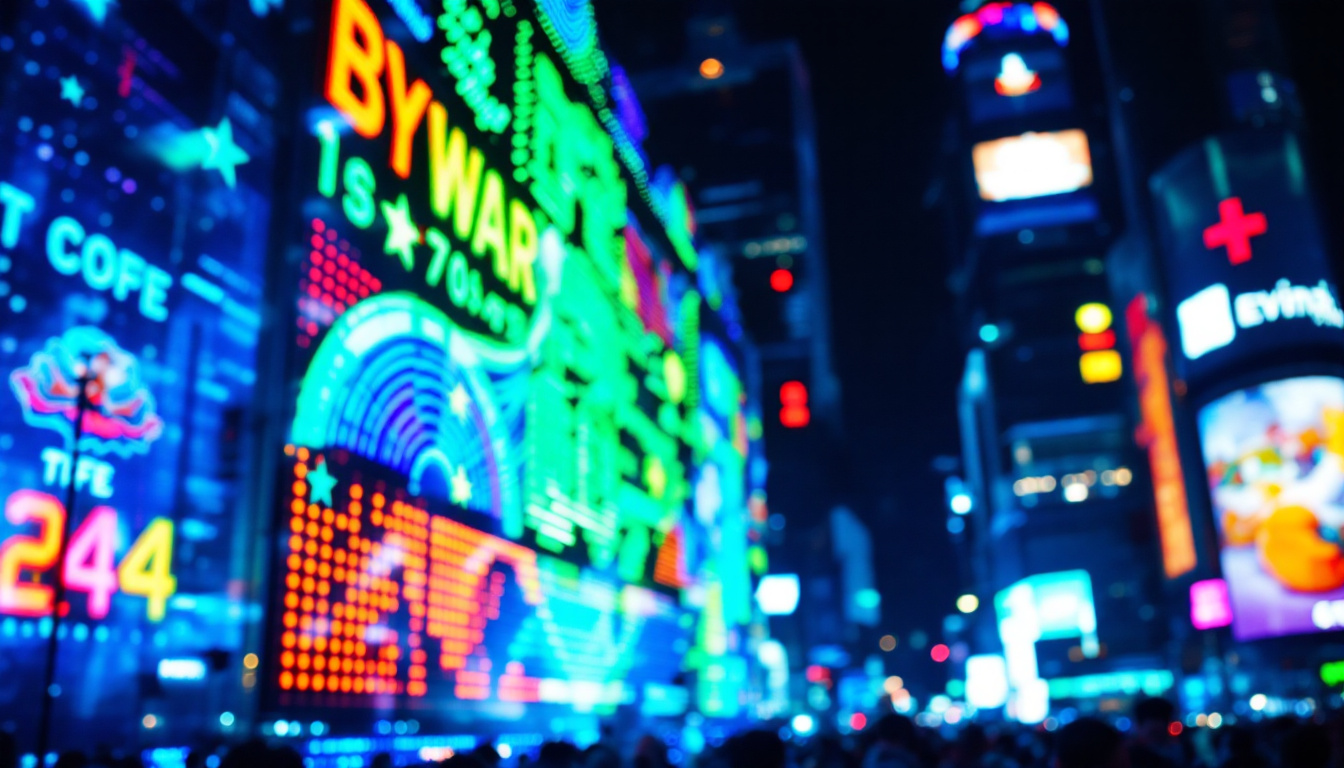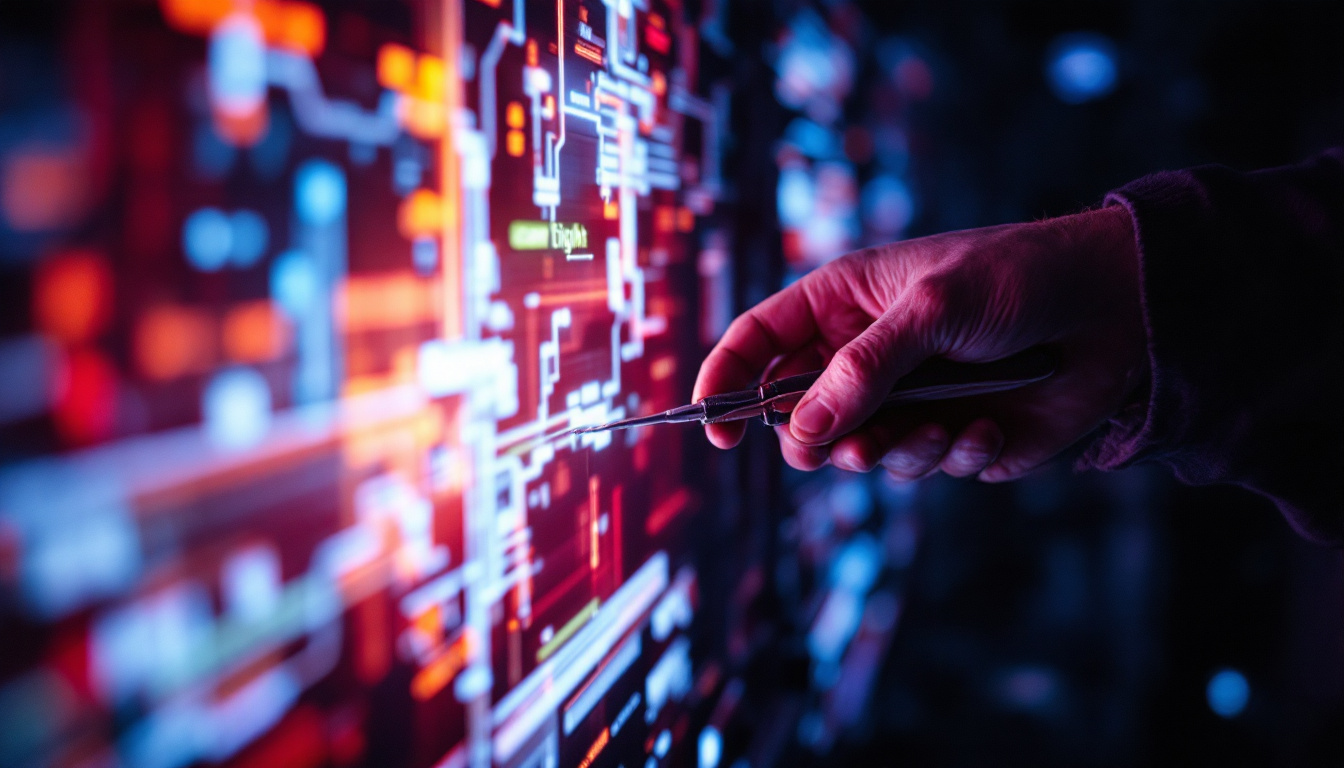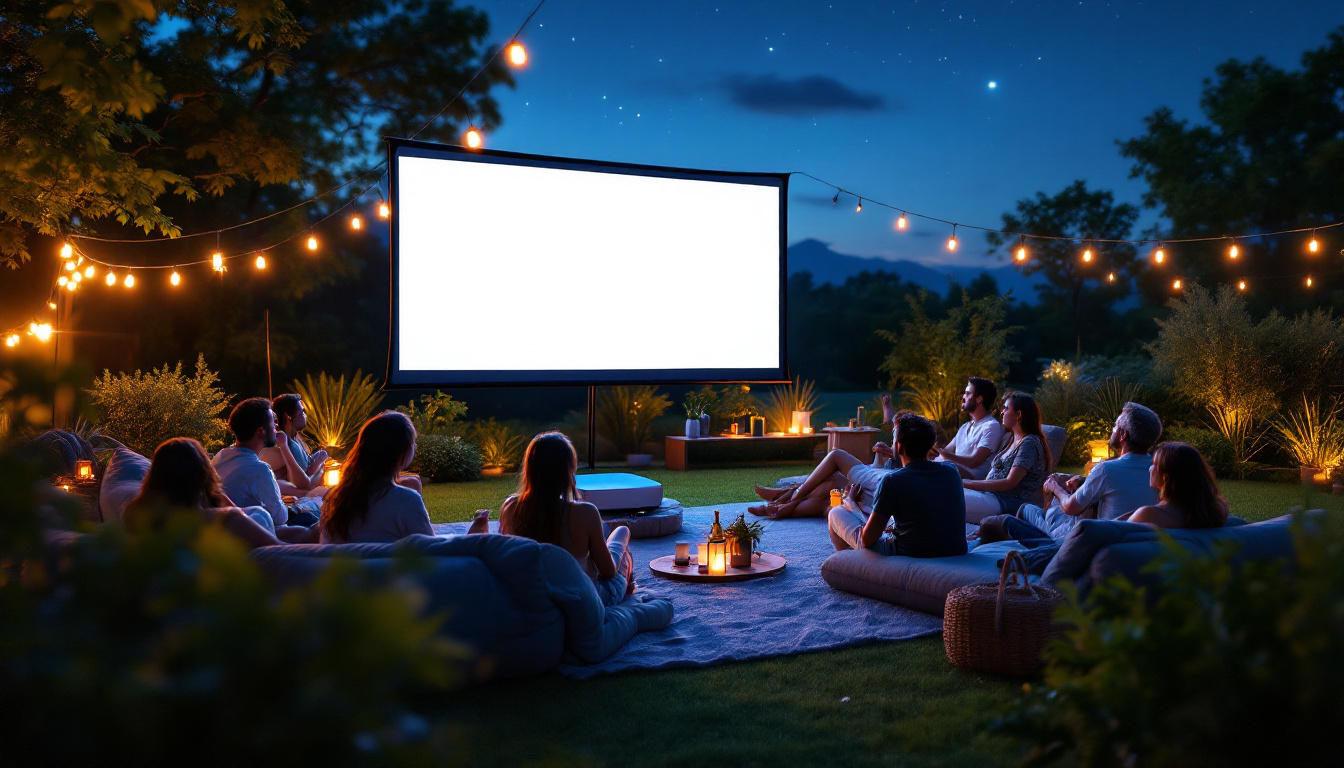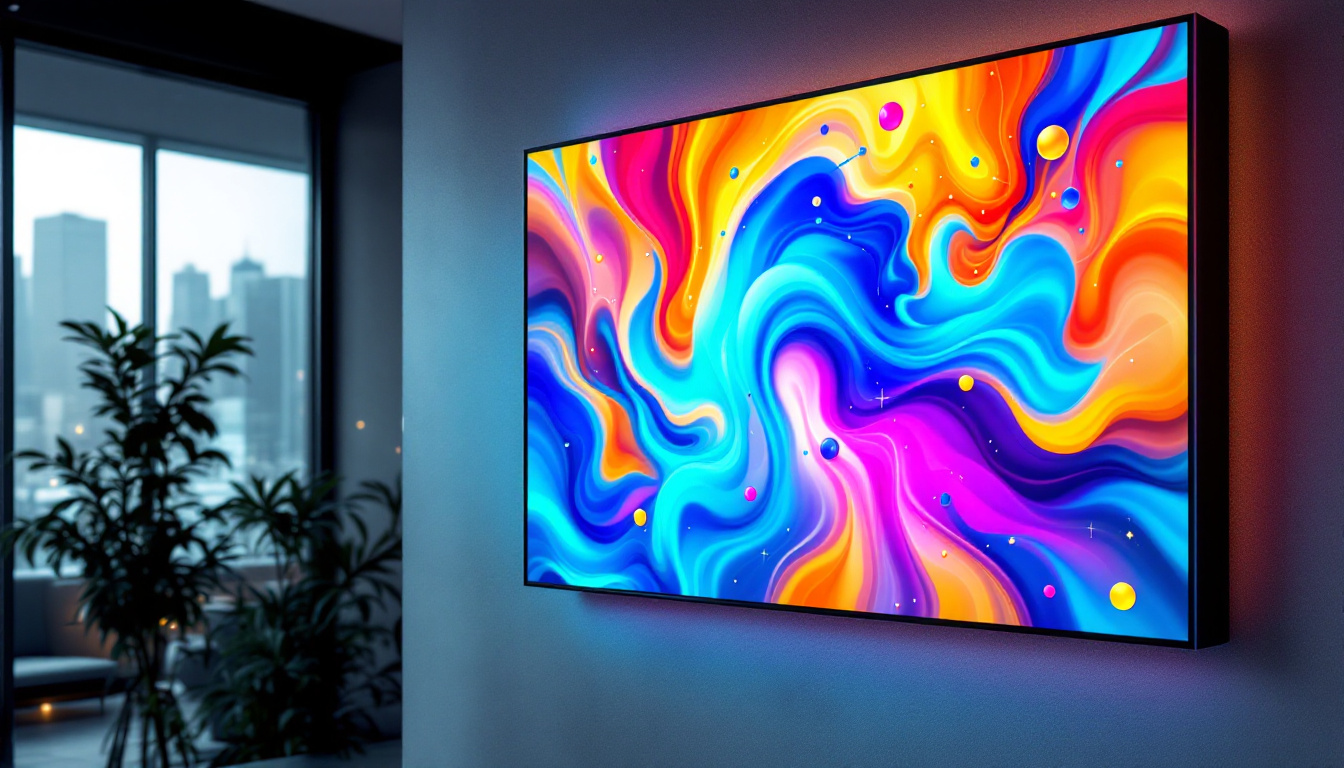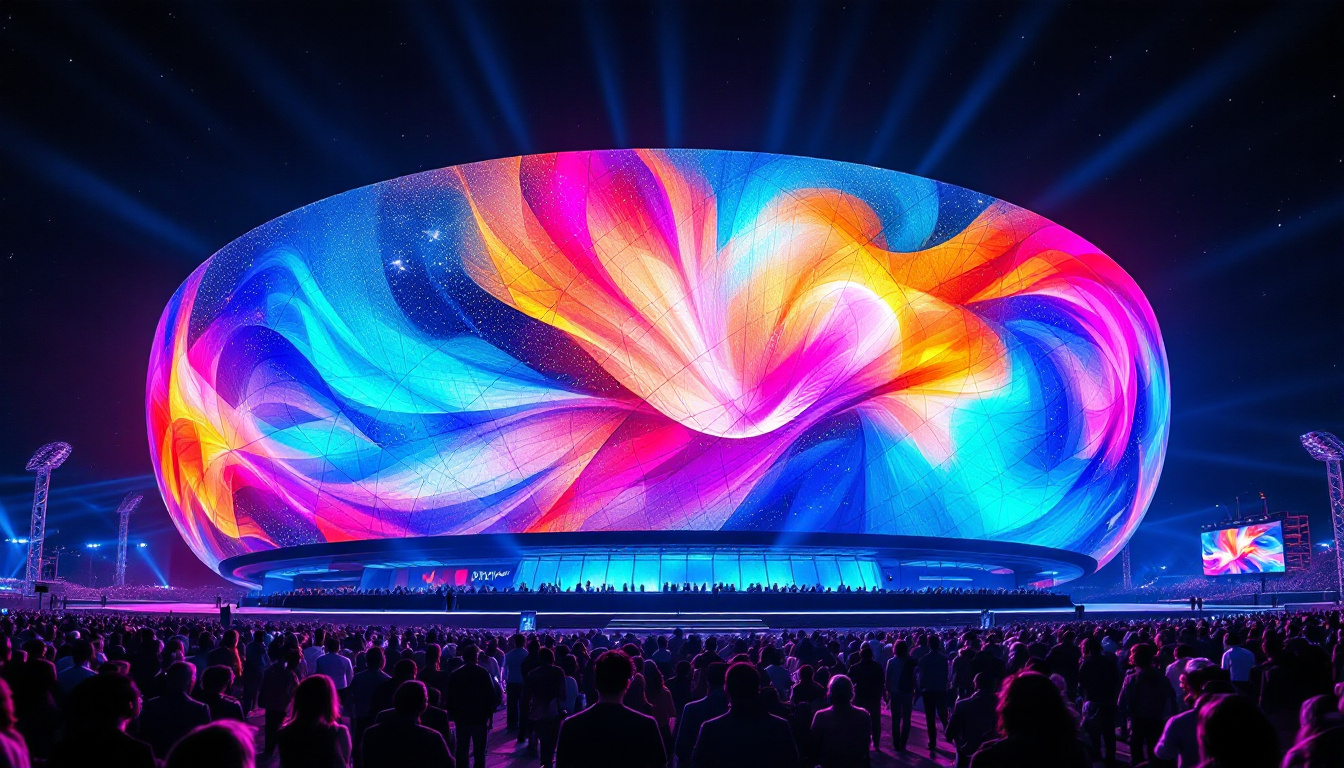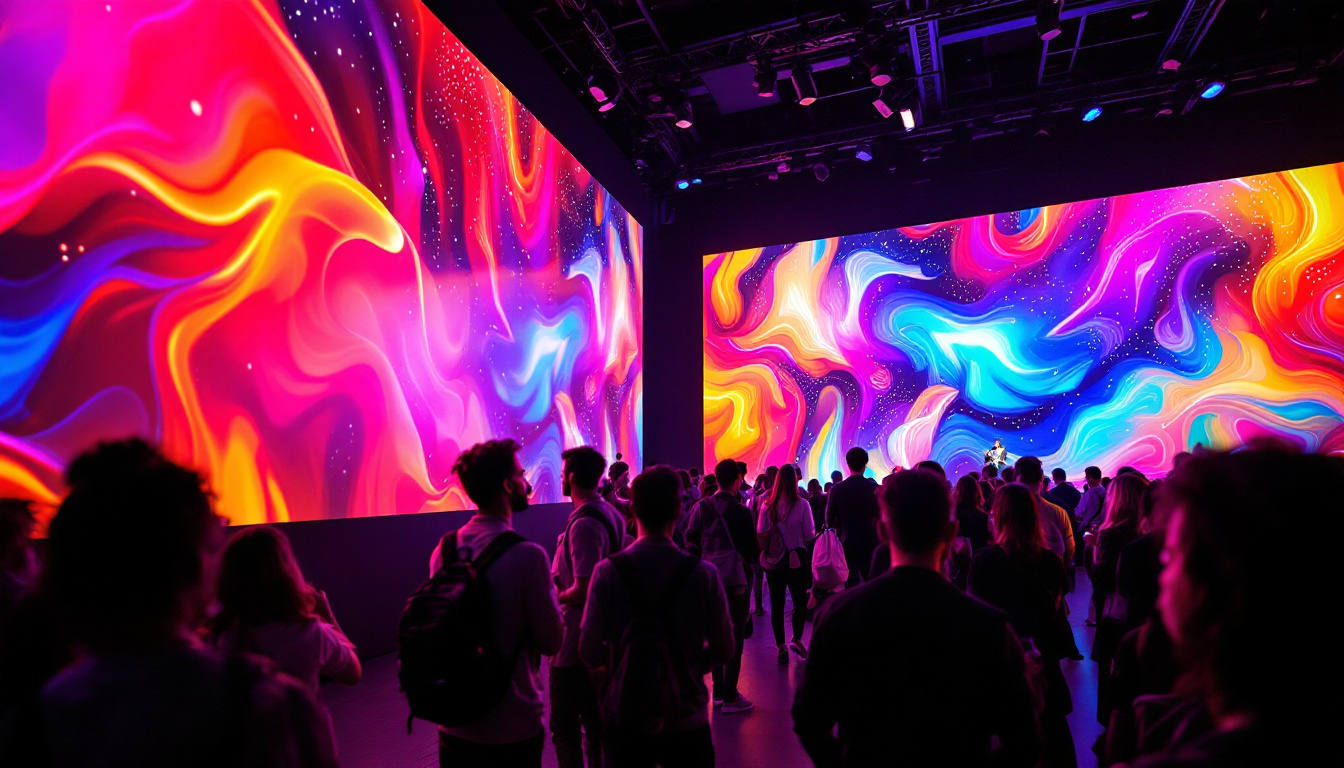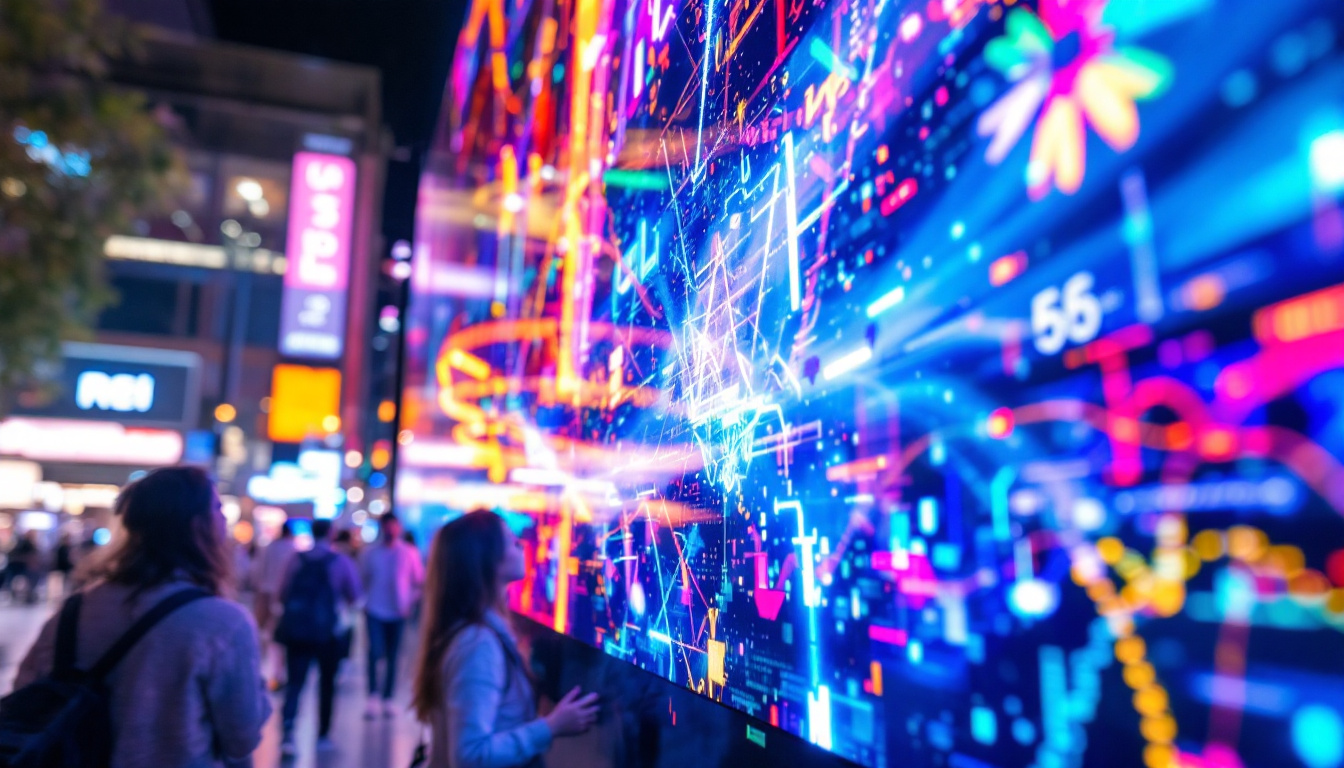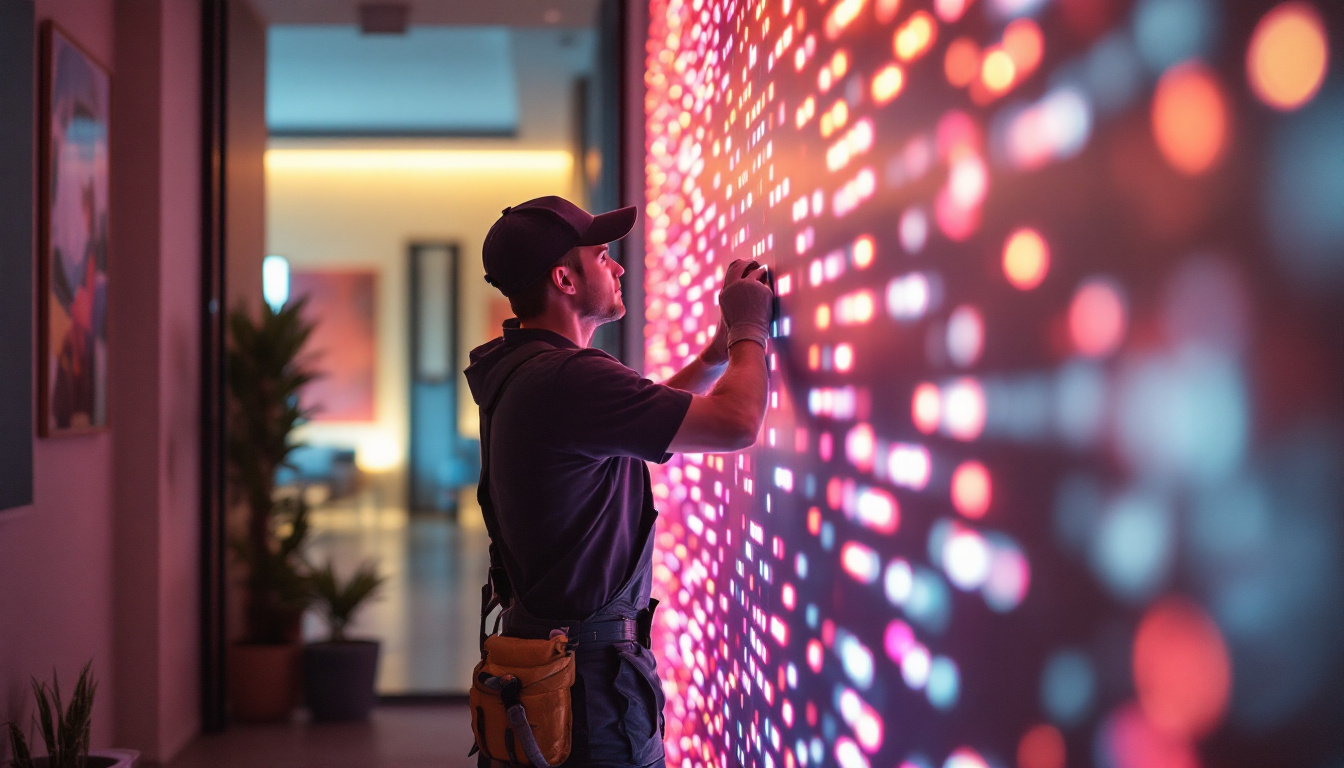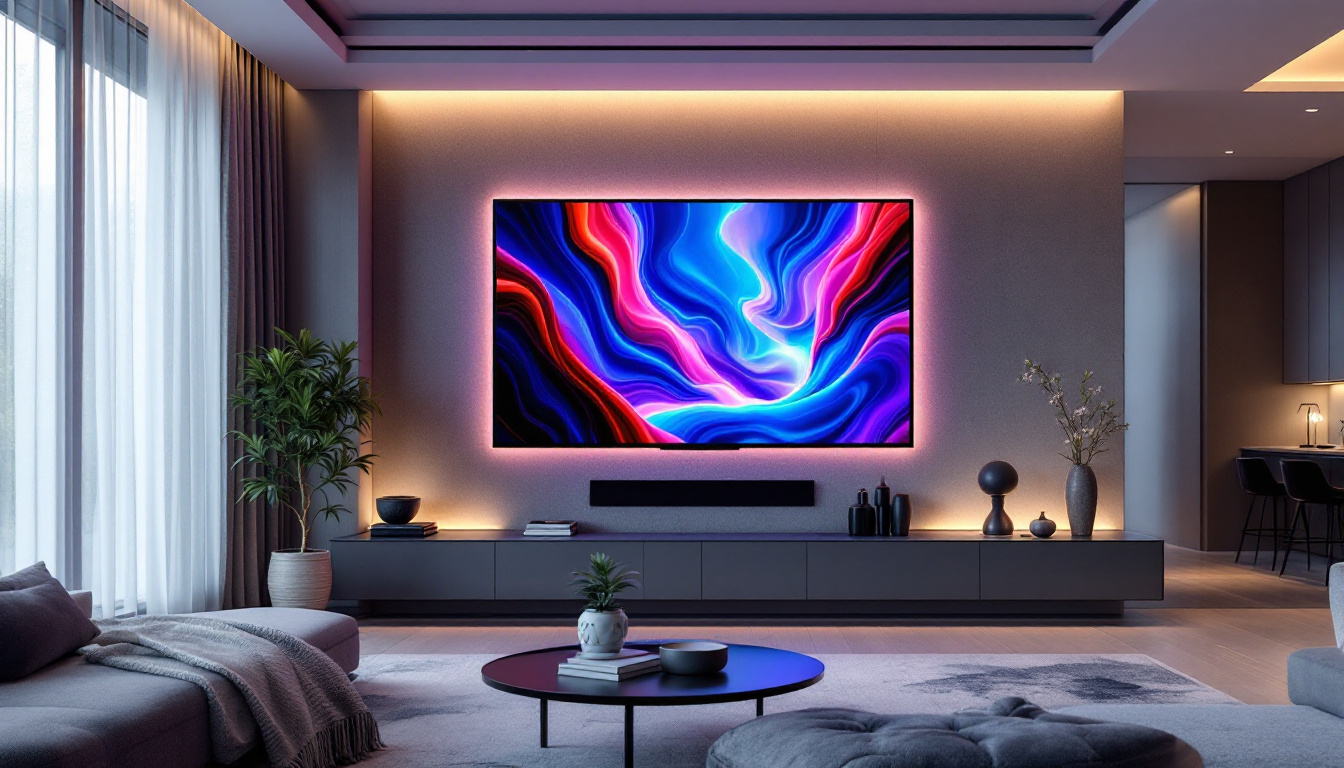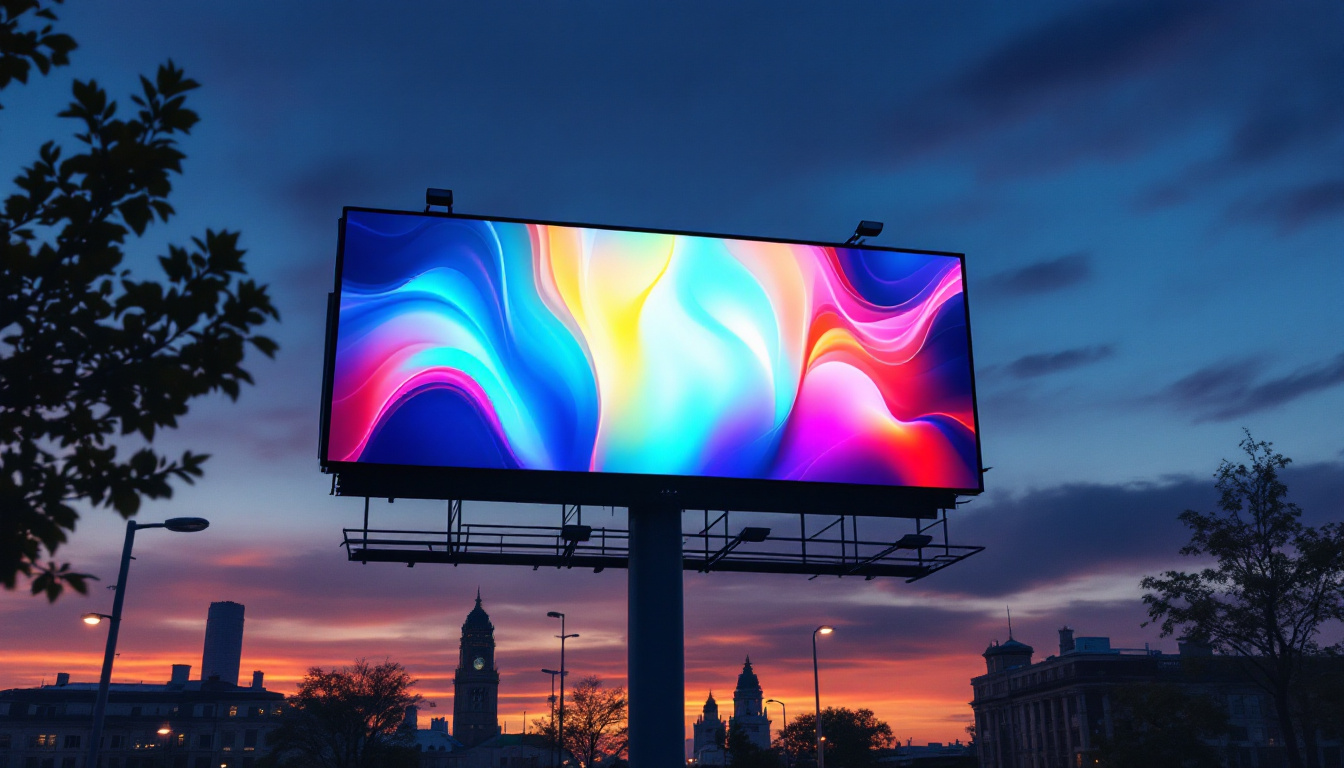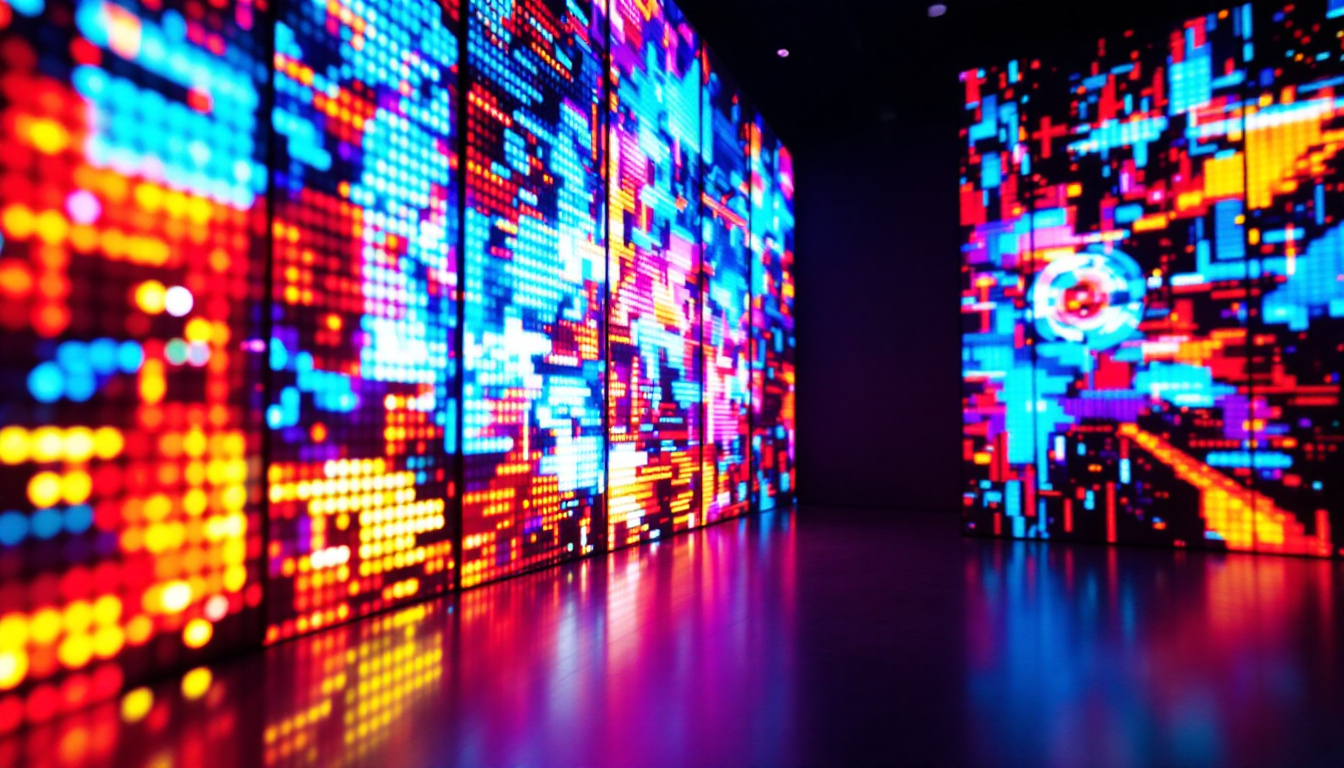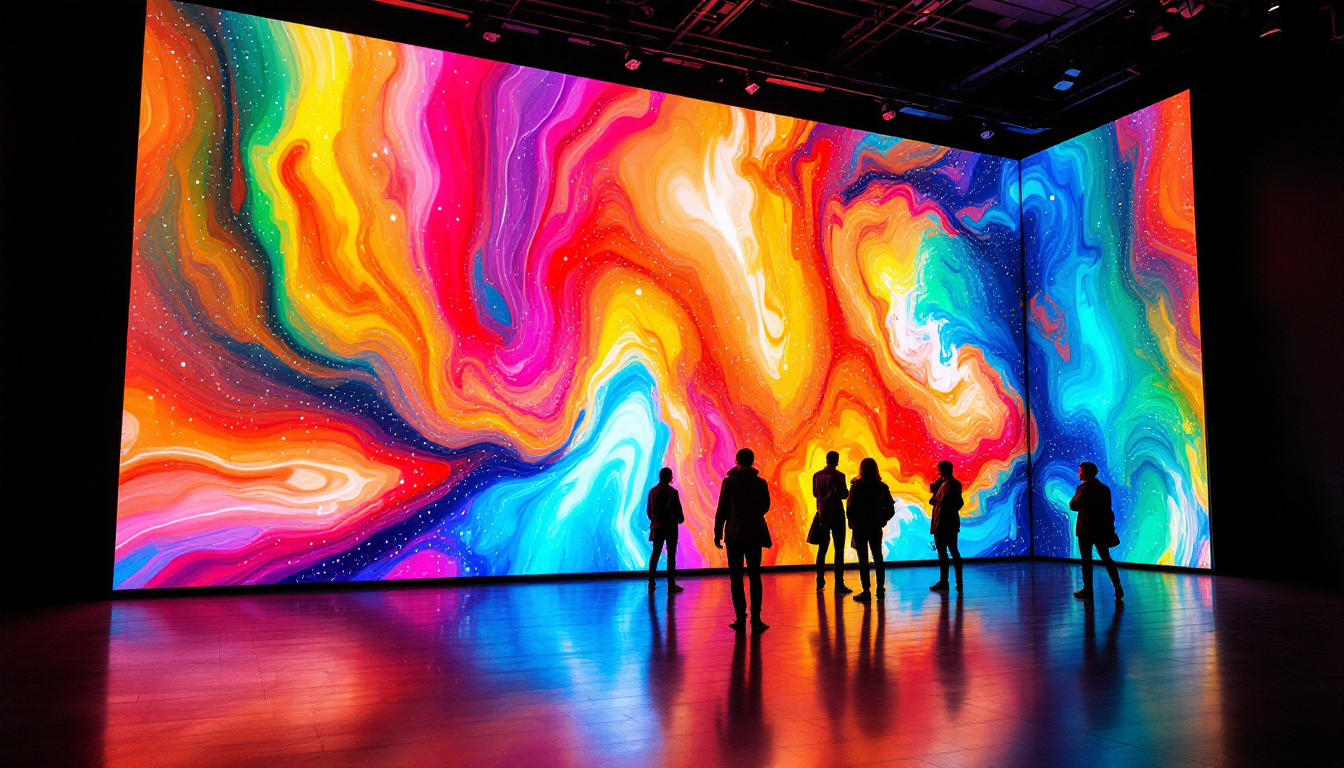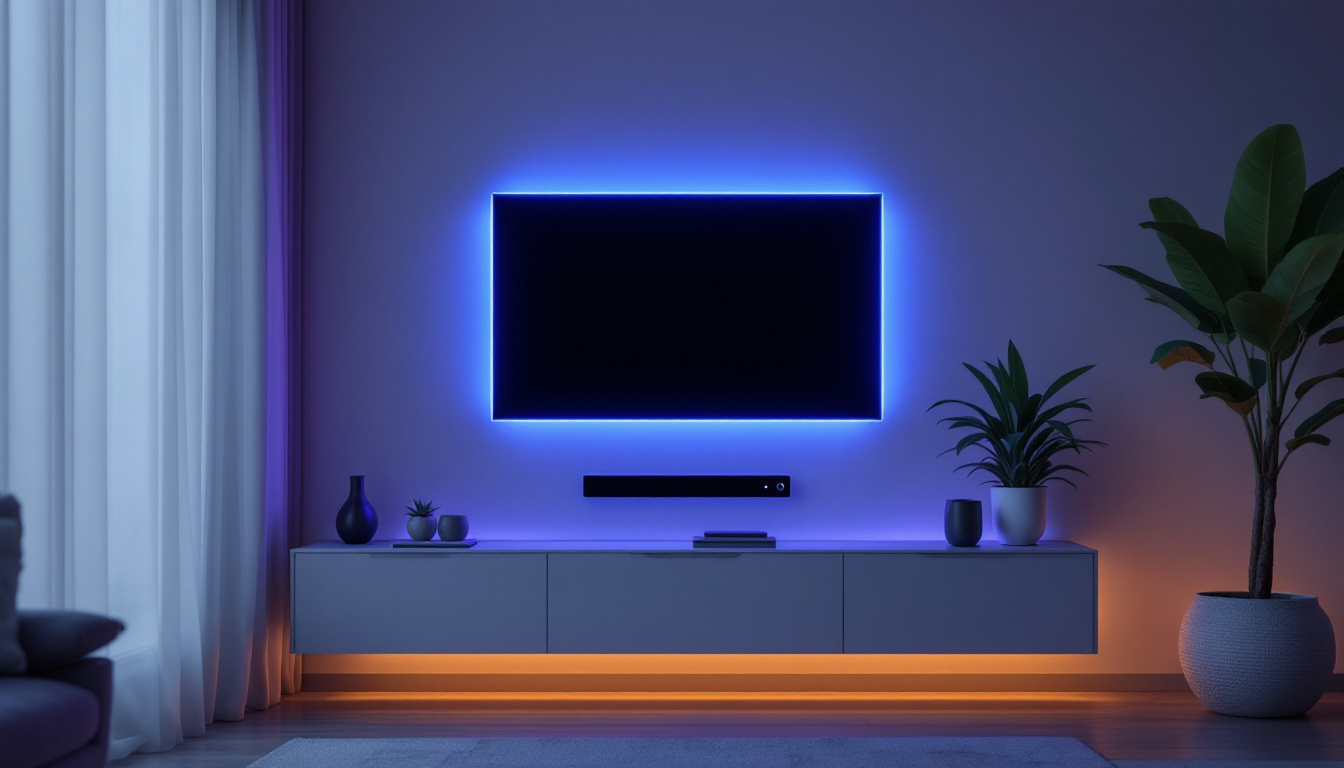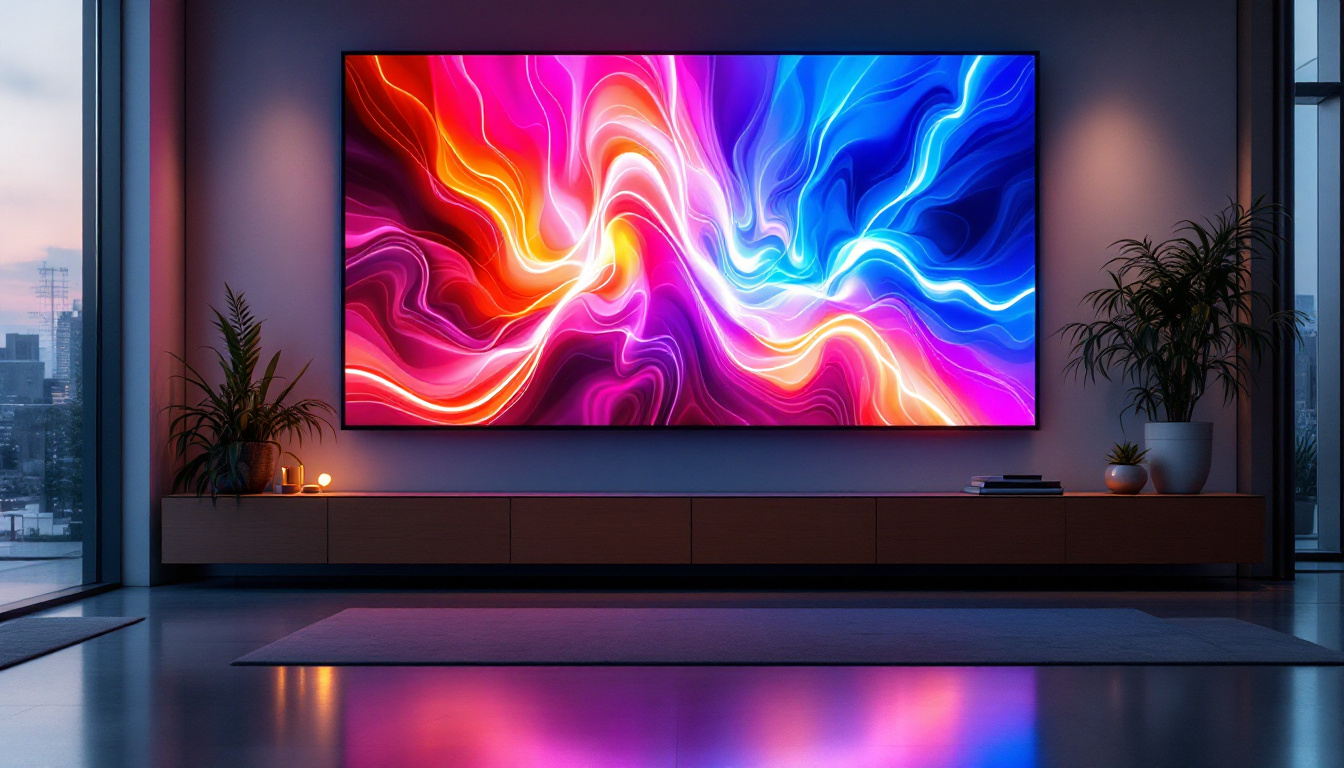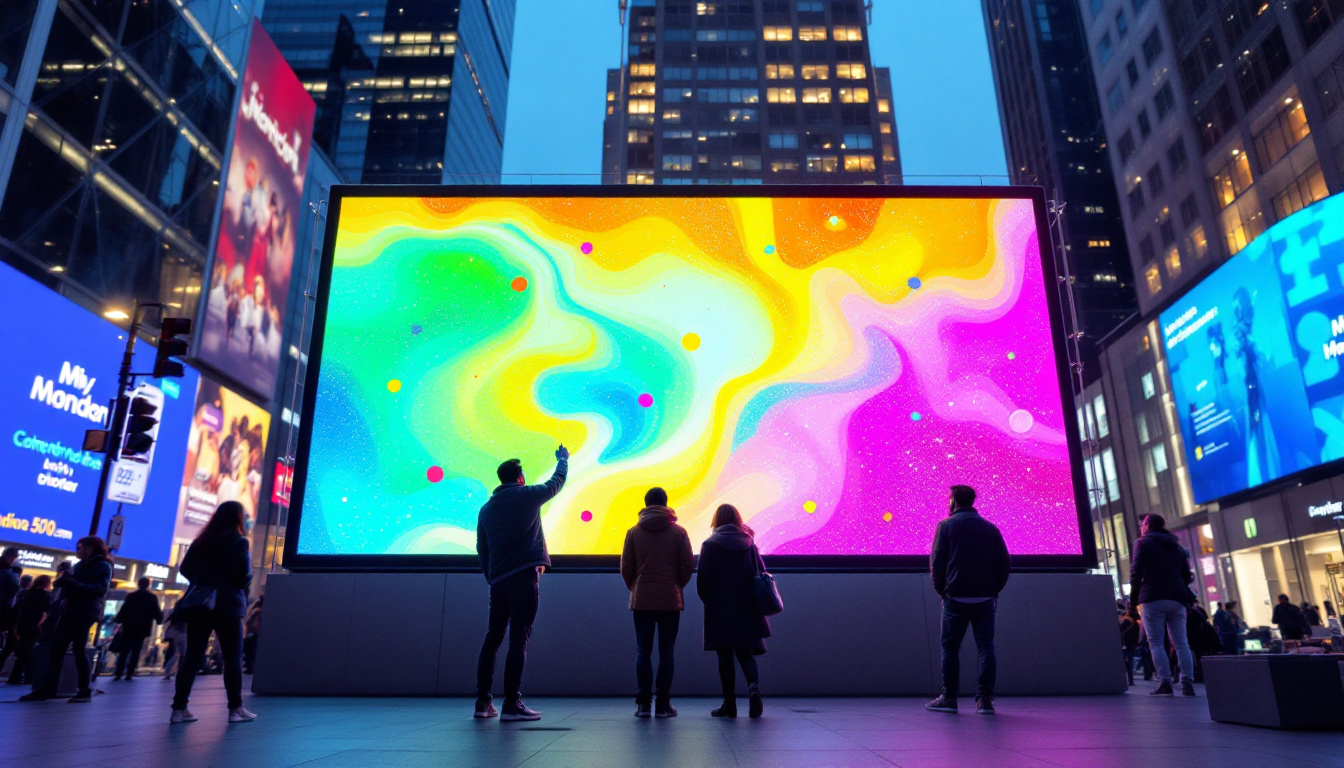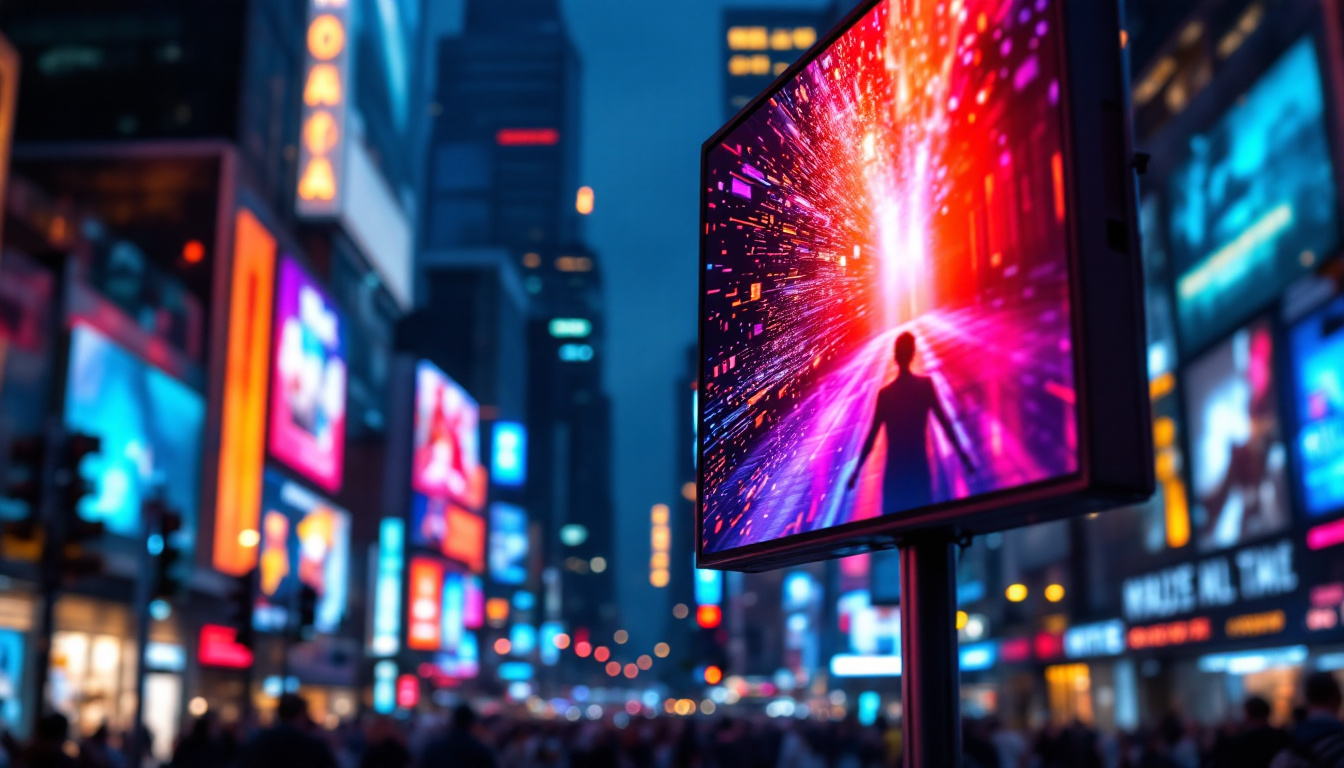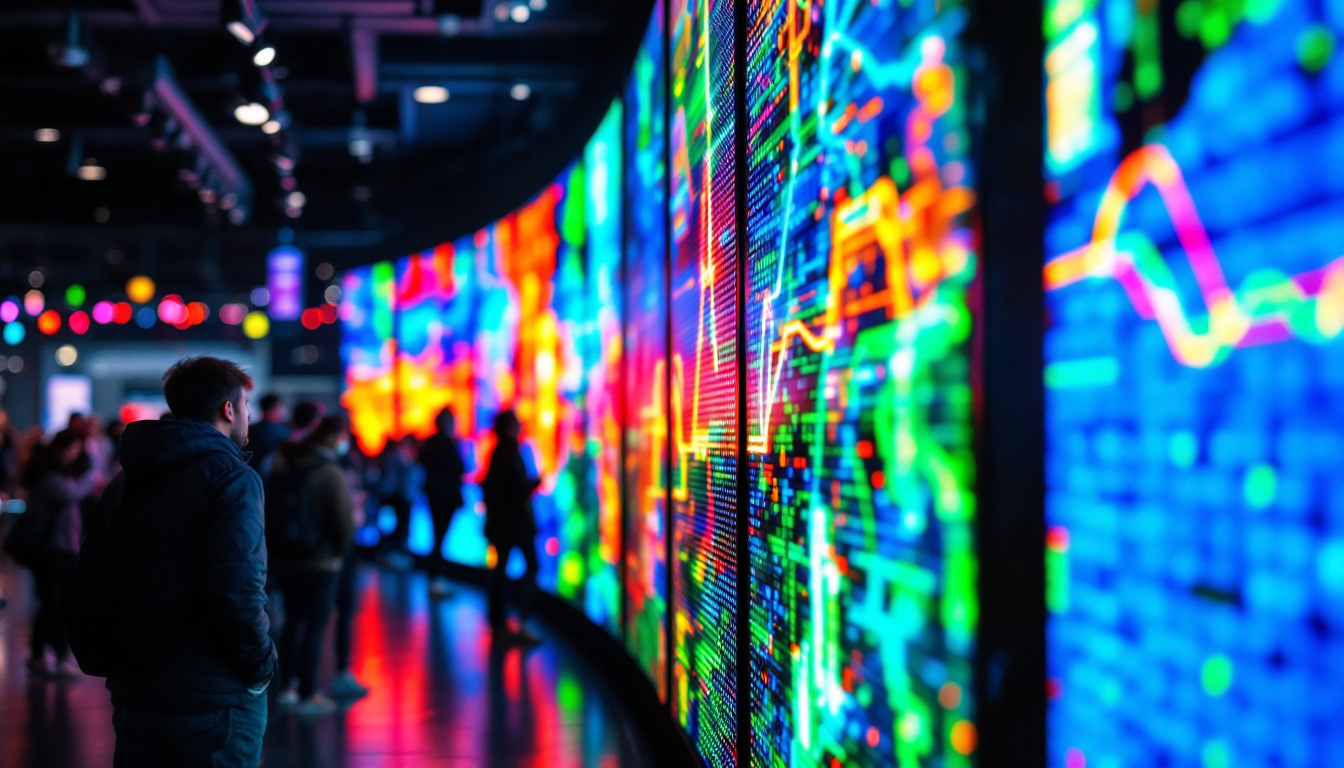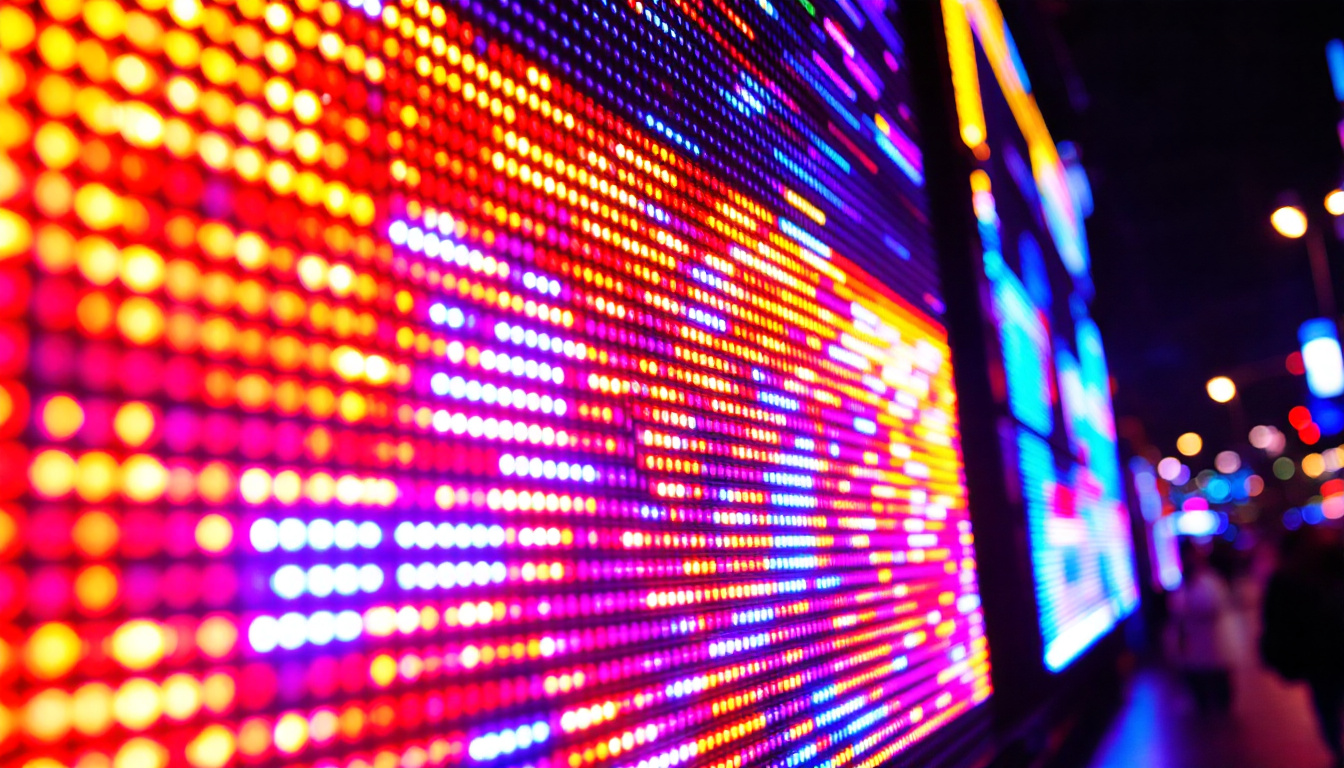In an era where visual communication is paramount, LED displays have emerged as a powerful medium for conveying messages, branding, and entertainment. These displays are not just limited to billboards and advertisements; they have found their way into various sectors, including retail, transportation, and entertainment. This article delves into the intricacies of LED displays, exploring their functionality, types, advantages, and future trends.
Understanding LED Technology
Light Emitting Diodes (LEDs) are semiconductor devices that emit light when an electric current passes through them. This technology has revolutionized the way displays are designed and utilized. Unlike traditional displays that rely on backlighting, LED displays use individual diodes to produce light, allowing for greater energy efficiency and brightness. The compact size of LEDs also enables manufacturers to create thinner and lighter displays, which is particularly advantageous in modern electronics where portability is key.
The Basics of LED Functionality
At the core of LED technology is the principle of electroluminescence. When electrons move through the semiconductor material, they release energy in the form of photons, producing visible light. This process is highly efficient, leading to lower power consumption compared to conventional lighting methods. Additionally, LEDs have a longer lifespan, often exceeding 25,000 hours of use, which significantly reduces the need for frequent replacements and maintenance.
LEDs can be combined in various configurations to create displays of different sizes and resolutions. The arrangement of these diodes determines the display’s pixel density, which is crucial for achieving high-quality images and videos. Furthermore, advancements in LED technology have led to the development of features like dynamic range and color accuracy, allowing for more realistic and immersive viewing experiences.
Types of LED Displays
LED displays can be categorized into several types, each designed for specific applications. Understanding these types is essential for selecting the right display for a particular use case. With the rapid evolution of technology, new types of LED displays are continually being developed to meet the demands of various industries.
- Indoor LED Displays: These are designed for use in enclosed spaces, such as shopping malls, conference rooms, and theaters. They typically offer high resolution and vibrant colors, making them ideal for detailed visuals. Indoor displays often incorporate advanced features like touch sensitivity, allowing for interactive applications that enhance user engagement.
- Outdoor LED Displays: Built to withstand harsh weather conditions, outdoor displays are larger and brighter than their indoor counterparts. They are commonly used for advertising, public announcements, and event promotions. Many outdoor displays now come equipped with advanced technology to adjust brightness automatically based on ambient light, ensuring optimal visibility at all times.
- Transparent LED Displays: These innovative displays allow light to pass through, making them perfect for storefronts and exhibitions. They provide a unique viewing experience without obstructing visibility. This type of display is gaining popularity in retail environments, as it enables brands to showcase products while still maintaining an open and inviting atmosphere.
Advantages of LED Displays
LED displays offer a multitude of advantages that make them a preferred choice for various applications. Their benefits extend beyond mere aesthetics, impacting functionality, cost-effectiveness, and environmental sustainability.
Energy Efficiency
One of the most significant advantages of LED displays is their energy efficiency. Compared to traditional display technologies, LEDs consume significantly less power, leading to reduced operational costs. This efficiency is particularly beneficial for businesses that operate displays for extended periods.
Furthermore, lower energy consumption translates to a smaller carbon footprint, making LED displays a more environmentally friendly option. As sustainability becomes increasingly important, the shift towards LED technology aligns with global efforts to reduce energy consumption. In fact, many governments and organizations are incentivizing the adoption of energy-efficient technologies, further promoting the use of LED displays in public spaces and commercial environments.
Durability and Longevity
LED displays are known for their durability. Unlike LCD screens that can suffer from issues like screen burn-in, LEDs are resilient to wear and tear. This durability is essential for outdoor displays, which are exposed to various environmental factors.
Additionally, LED displays have a longer lifespan, often lasting up to 100,000 hours or more. This longevity not only reduces the frequency of replacements but also minimizes maintenance costs, making them a cost-effective investment in the long run. Moreover, the robust construction of LED displays allows them to withstand extreme temperatures, humidity, and even vibrations, making them suitable for a wide range of settings—from bustling urban centers to remote outdoor locations. This versatility ensures that businesses can rely on LED technology in diverse environments without compromising on performance or quality.
Applications of LED Displays
The versatility of LED displays allows them to be used in a wide range of applications. From advertising to information dissemination, the potential uses are vast and varied.
Advertising and Marketing
In the advertising sector, LED displays have become a staple for brands looking to capture consumer attention. Their bright colors and dynamic content make them ideal for showcasing promotions, events, and new products. Many businesses have adopted digital signage strategies that leverage LED technology to engage customers effectively.
Moreover, the ability to change content in real-time allows advertisers to tailor messages based on audience demographics or time of day, enhancing the effectiveness of their campaigns. This adaptability not only maximizes the impact of advertising but also allows for A/B testing of different messages, helping brands refine their approach based on immediate feedback and engagement metrics.
Additionally, LED displays can integrate with social media platforms, enabling brands to showcase user-generated content or live feeds, further enhancing customer interaction. By creating a sense of community and involvement, businesses can foster brand loyalty and encourage customers to share their experiences, amplifying the reach of their marketing efforts.
Transportation and Wayfinding
LED displays play a crucial role in transportation systems, providing real-time information to travelers. From displaying train and bus schedules to offering directions in airports, these displays enhance the overall travel experience.
Wayfinding systems utilizing LED technology help guide individuals through complex environments, such as shopping malls or large office buildings. The clarity and visibility of LED displays ensure that information is easily accessible, reducing confusion and improving navigation. Furthermore, the integration of LED displays with mobile applications allows users to receive personalized directions and updates directly on their devices, making travel even more convenient.
In addition to basic navigation, LED displays can also provide important safety information, such as alerts about delays, emergencies, or changes in service. This real-time communication is vital for maintaining order and ensuring the safety of passengers, particularly in high-traffic areas. As technology continues to evolve, the potential for LED displays to enhance transportation systems will only grow, paving the way for smarter, more efficient travel experiences.
Future Trends in LED Display Technology
The LED display industry is continually evolving, with advancements in technology paving the way for new possibilities. As consumer demands and technological capabilities grow, several trends are emerging.
Smart LED Displays
With the rise of the Internet of Things (IoT), smart LED displays are becoming increasingly prevalent. These displays can connect to the internet, allowing for remote content management and real-time updates. This connectivity enables businesses to respond quickly to changing conditions or audience preferences.
Moreover, smart displays can integrate with other technologies, such as sensors and analytics tools, to provide more personalized and targeted content. This level of interactivity is set to enhance customer engagement and improve the effectiveness of advertising strategies.
Higher Resolutions and Pixel Density
As technology advances, the demand for higher resolutions and pixel densities in LED displays is growing. This trend is particularly evident in applications requiring detailed visuals, such as video walls and immersive environments.
Manufacturers are developing finer pixel pitches, allowing for closer viewing distances without sacrificing image quality. This advancement opens up new possibilities for creative installations and experiences, particularly in entertainment and art.
Challenges in LED Display Adoption
Despite their numerous advantages, the adoption of LED displays is not without challenges. Understanding these hurdles is essential for businesses considering this technology.
Initial Costs
The initial investment for LED displays can be significant, especially for high-quality models. While the long-term savings on energy and maintenance costs can offset this expense, the upfront costs may deter some businesses.
However, as technology advances and production scales up, prices are gradually decreasing. Additionally, financing options and leasing agreements are becoming more common, making it easier for businesses to integrate LED displays into their operations.
Technical Expertise
Implementing and maintaining LED displays requires a certain level of technical expertise. Businesses may need to invest in training or hire specialists to ensure that the displays are installed and operated correctly.
This need for expertise can pose a barrier for smaller businesses or those without dedicated technical teams. However, as the industry matures, user-friendly solutions and support services are becoming more accessible, helping to bridge this gap.
Conclusion
LED displays have transformed the landscape of visual communication, offering a dynamic and engaging way to convey messages across various sectors. Their energy efficiency, durability, and versatility make them a compelling choice for businesses looking to enhance their branding and communication strategies.
As technology continues to evolve, the future of LED displays looks promising, with innovations paving the way for smarter, more interactive displays. While challenges remain, the benefits of adopting LED technology far outweigh the drawbacks, positioning it as a key player in the future of visual communication.
In a world where first impressions matter, investing in LED displays can significantly enhance visibility and engagement, making them an invaluable asset for any business.
Illuminate Your Message with LumenMatrix
Ready to elevate your visual communication and make a lasting impression? LumenMatrix is at the forefront of LED display innovation, offering a diverse range of solutions tailored to your unique needs. From captivating Indoor LED Wall Displays to robust Outdoor LED Wall Displays, and from dynamic Vehicle LED Displays to sleek LED Poster Displays, we have the technology to bring your vision to life. Our mission is to transform your communication strategy with digital signage and LED displays that not only engage but also inspire your audience. Check out LumenMatrix LED Display Solutions today and discover how we can help you share your message with the world.


